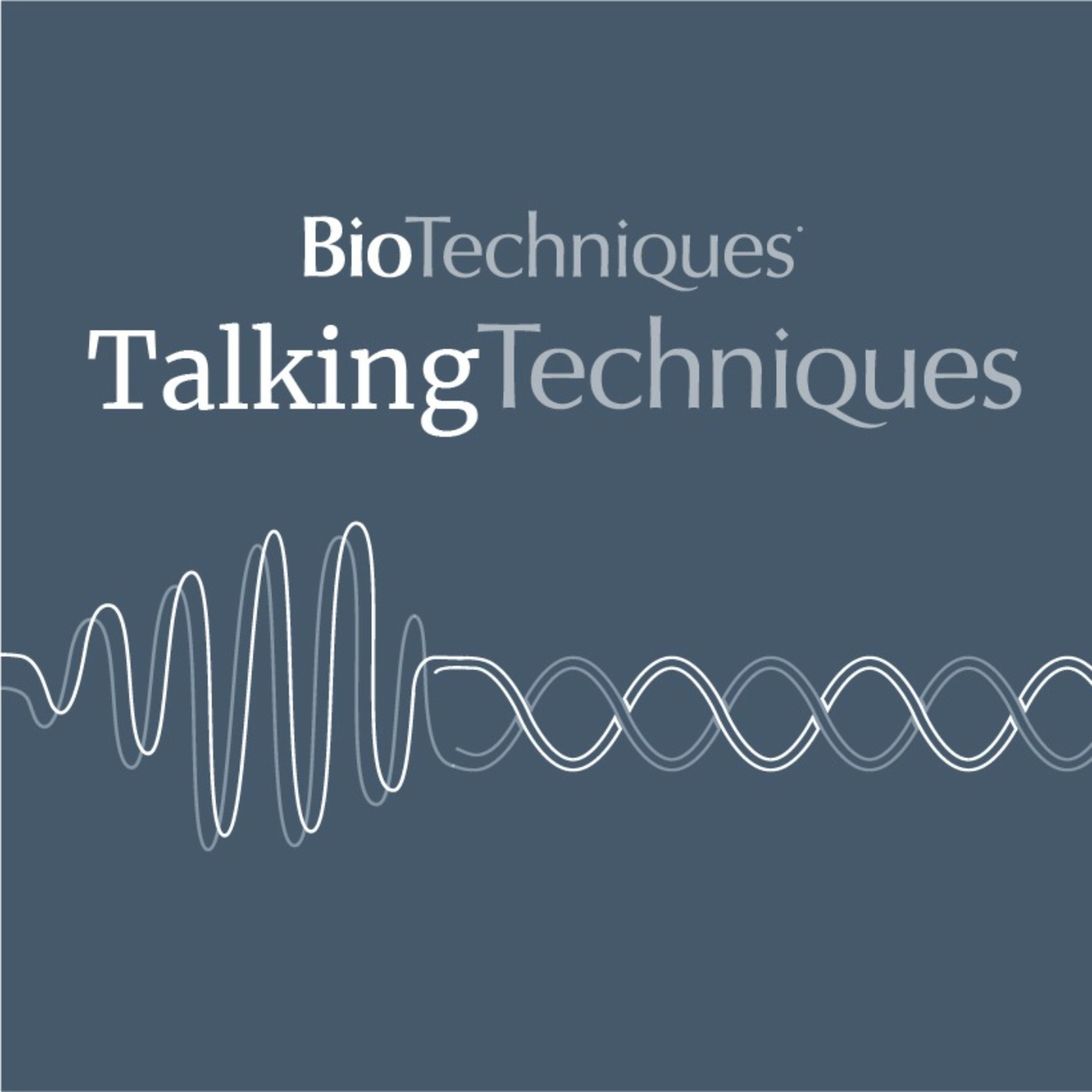
In this episode of Talking Techniques, supported by Resolve BioSciences, we explore the realm of spatial biology, with a particular focus on the techniques involved in this approach to biological exploration, and the exciting insights gleaned from these techniques that have led to this approach being labeled Natures Method of the year 2020!
Stefano Pupe, Postdoctoral Researcher at German Center for Neurodegenerative Diseases, takes me through this field, revealing – amongst other fascinating insights – the neuroscience studies that can now be conducted on live mice to monitor their neurological cell expression profiles as they perform specific behaviors. We also discuss the potential immortality complexes that could be driving a large amount of investment into the field and highlight some of the challenges to watch out for when conducting spatial biology studies.
ContentsIntroduction 00:00-02:20
The concept of spatial biology 02:20-03:30
The key techniques involved in spatial biology: 03:30-05:10
What does the combination of transcriptomics and proteomic profiling enable you to determine: 05.10-06:00
Unique insights from spatial biology: 06:10-07:20
Spatial biology in the characterization of cells from the medial septal: 07:20-8:20
First impressions of working with spatial biology: 8:10-09:20
How many omic datasets you can generate from one tissue sample? 09:20-10:45
The impact of spatial biology in diagnostics: 10:45-11:50
Exciting breakthroughs in neuroscience from spatial biology: 11:50-14:00
Predicting neuronal activity with spatial data: 14:00-15:55
Developments in microscopy pairing with spatial biology: 15:55-18:05
The challenges of working with a new technique: 18:05-19:45
The role of automation in resolving with vast data sets 19:45-21:45
Why Facebook and Google are looking assisting with spatial biology: 21:45-24:15
What would you ask for to take spatial transcriptomics to the next level? 24:15-25:40
Challenges of reproducibility in an emerging field: 25:40-29:05
Final comments: 29:05-30:25
view more
More Episodes
Carlon Fitzpatrick AI Summit
 2024-09-11
2024-09-11
 2024-09-11
2024-09-11
Tech Blast | Epitope binning
 2024-05-16
2024-05-16
 2024-05-16
2024-05-16
Tech Blast | Surface plasmon resonance
 2023-09-12
2023-09-12
 2023-09-12
2023-09-12
012345678910111213141516171819
Create your
podcast in
minutes
- Full-featured podcast site
- Unlimited storage and bandwidth
- Comprehensive podcast stats
- Distribute to Apple Podcasts, Spotify, and more
- Make money with your podcast
It is Free
- Privacy Policy
- Cookie Policy
- Terms of Use
- Consent Preferences
- Copyright © 2015-2024 Podbean.com






